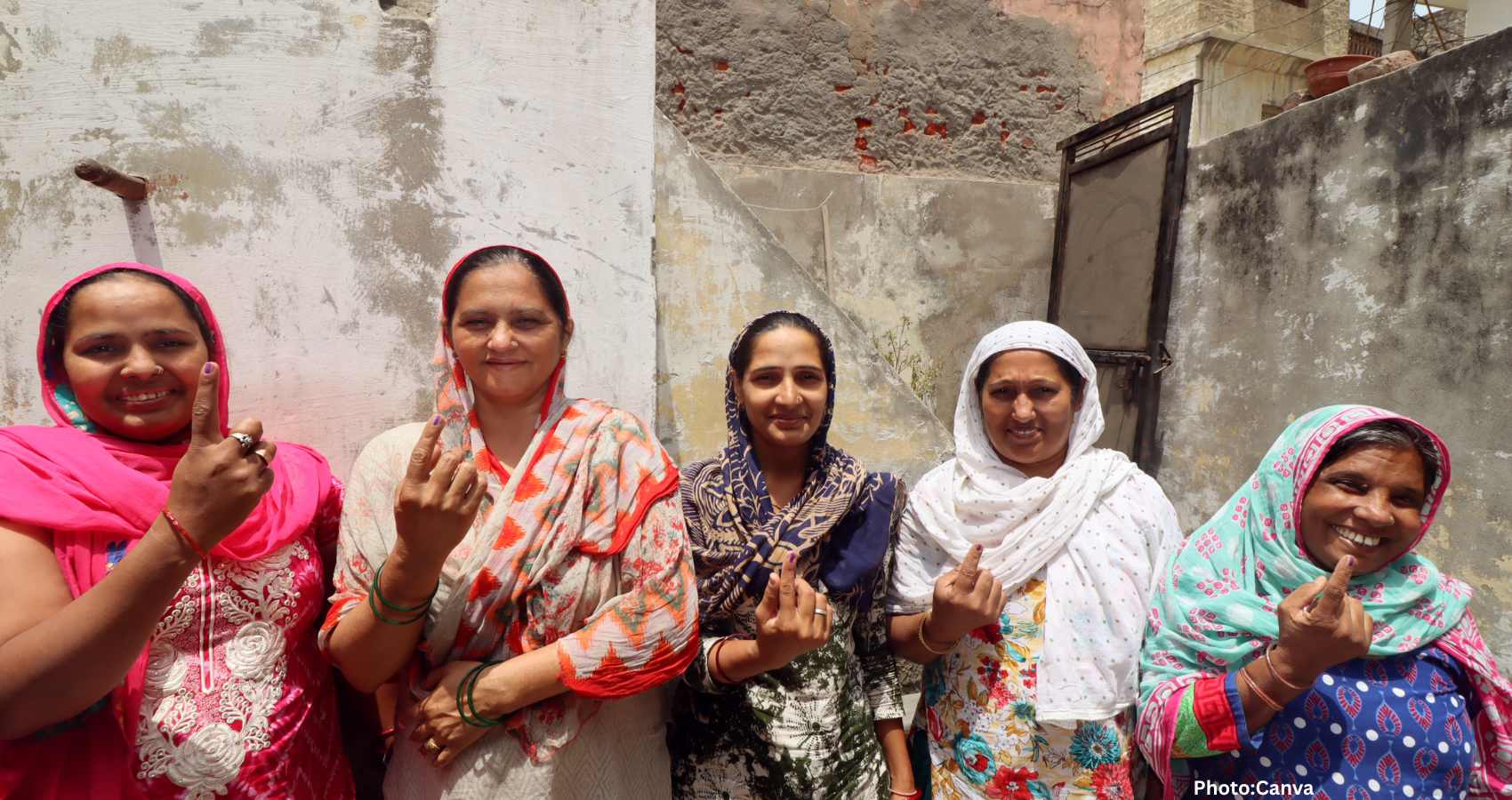The Election Commission of India has flagged approximately 6.5 million voters in Bihar for potential removal from electoral rolls, posing significant disenfranchisement risks that could impact key battleground districts.
The Election Commission of India (ECI) has released data indicating that around 6.5 million voters in Bihar face potential disenfranchisement, representing an average risk of 8.3% across the state. This revelation comes amid concerns about the impact on upcoming elections in the region.
Fifteen of Bihar’s 38 districts have disenfranchisement risks higher than the state average, significantly affecting Gopalganj, Purnia, and Kishanganj, which top the list with risks of 15.1%, 12.07%, and 11.82%, respectively. These districts not only face greater risks but also highlight systemic threats targeting opposition strongholds, such as the Mahagathbandhan (MGB) areas and specific NDA territories.
The stakes are particularly high as Bihar’s key battlegrounds, such as Samastipur, Vaishali, and Muzaffarpur, exceed the statewide disenfranchisement risk, each with over 8%. The 2020 Assembly elections, where marginal victories were pivotal for the Rashtriya Janata Dal (RJD) as the largest party, underscore the importance of these minimal vote differentials.
A deeper analysis reveals that districts like Saran, Bhojpur, and Siwan, recognized MGB bastions, now face high-risk disenfranchisement levels. Similar concerns resonate in urban strongholds such as Patna and in the Magadh region, where electoral victories heavily rely on consolidated voter bases.
Another crucial observation points to three distinct ‘risk’ regions: the Migration belt (Gopalganj, Saran, Siwan) affecting the RJD’s support, urban centers such as Bhagalpur and Patna affecting migrant and Dalit communities, and the Seemanchal-Mithilanchal arc (Purnia, Kishanganj, Madhubani) where minority votes critical to MGB and AIMIM are at stake.
ECI’s Special Intensive Revision (SIR), initiated on June 25, has been at the heart of these controversies. Opposition parties have voiced long-standing concerns about marginalized voters lacking the documents demanded by ECI. The Supreme Court has intervened to assure oversight against ‘mass deletions’ following legal petitions driven by these fears.
The data confirms concentrated disenfranchisement in specific political regions, aligning with The Wire’s previous Vulnerability Index. This index suggested that voter roll revisions disproportionately affect areas struggling with poverty and minority issues, forecasting potential political consequences that could realign Bihar’s electoral landscape.
Districts are categorized into tiers based on their disenfranchisement risks: Tier 1 with critical risk (above 10%), Tier 2 with high risk (8-10%), and Tier 3 with moderate risk (under 8%), each posing unique threats to electoral stability.
Particularly affected are regions with high out-migration, such as Gopalganj and Saran, impacting registered voters absent due to employment outside Bihar. This scenario underlines a significant threat to the RJD’s traditional voter bank.
The situation in urban centers is equally alarming, where economic pressures on migrant workers, renters, and informal workers lacking permanent residency documentation exacerbate disenfranchisement risks, as seen in Bhagalpur and Patna.
The Seemanchal-Mithilanchal arc findings confirm that intersections of poverty and minority status significantly heighten disenfranchisement risks, which undermines political support crucial to opposition parties like MGB and AIMIM.
Conversely, areas such as Araria, Paschim Champaran, and Darbhanga show lower-than-predicted disenfranchisement, although ADR percentages still indicate potential political shifts.
Overall, the potential removal of millions from electoral rolls could disrupt Bihar’s political power balance, adversely affecting opposition strongholds in favor of the ruling alliance. The migration belt, urban centers, and minority areas bear the brunt, amplifying concerns about the ECI process serving as a political tool rather than a neutral administrative procedure, a topic of intense debate as Bihar’s elections loom.
This administrative exercise appears poised to influence the redistribution of electoral power, potentially reshaping Bihar’s political terrain by favoring the current ruling coalition’s interests, according to The Wire.

